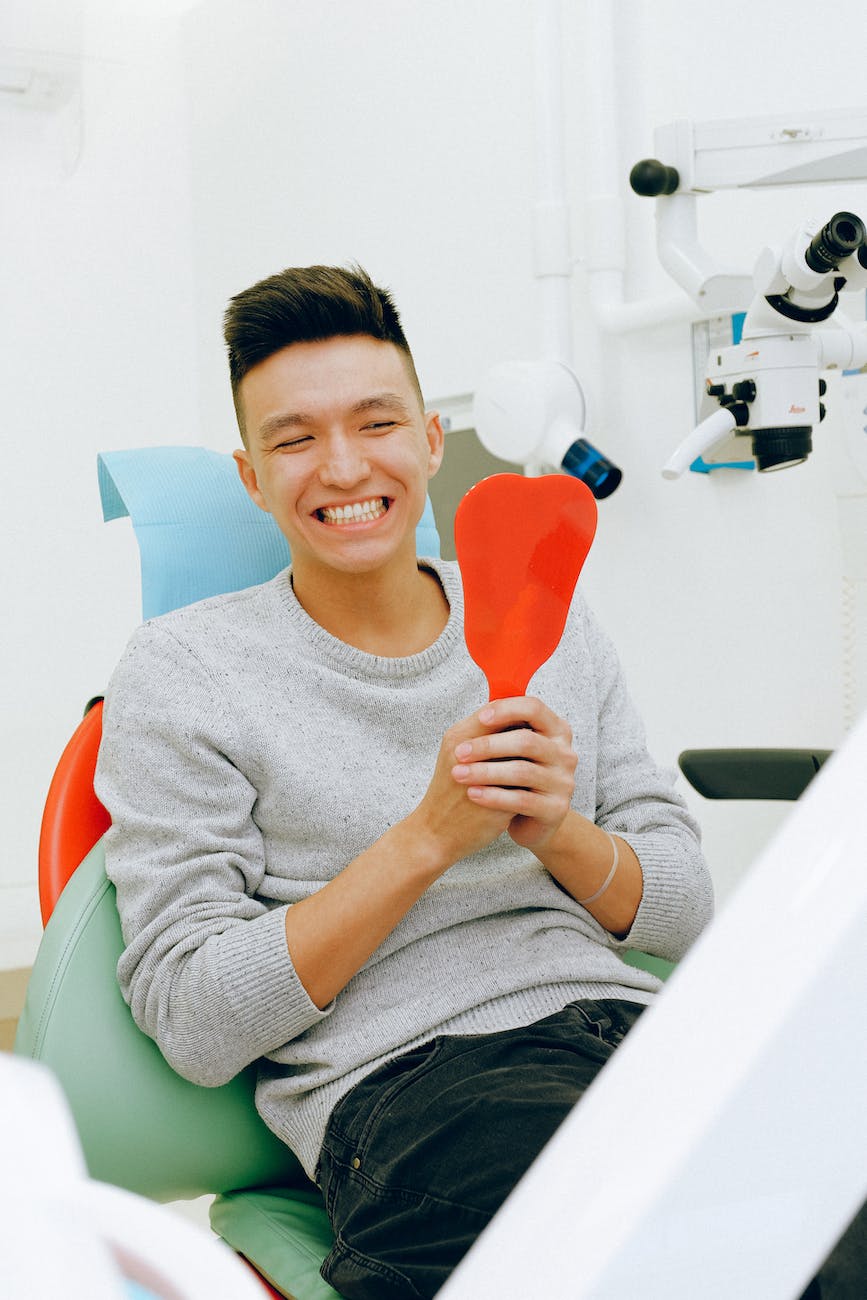
Laser Treatment
Our skin’s collagen levels naturally decline with time, resulting in signs of aging. Laser treatments have emerged as a popular way to counter collagen loss and restore a youthful complexion. This complete guide discusses the different types of laser technologies, how they work to spur new collagen production, and reviews the scientific research supporting their effectiveness. Tips for follow-up care are also included to optimize long-term results.
Collagen Explained
Collagen is the main structural protein in skin that provides strength, elasticity and youthful appearance. As we age, collagen production slows down leading to signs of aging like fine lines, wrinkles and sagging skin. Laser therapy aims to stimulate collagen regeneration for firmer, lifted skin.
The role of collagen in maintaining healthy, youthful looking skin cannot be overstated. Collagen comprises of the total protein in the human body and of skin. It forms fibrous bands that give structure to skin, holding cells together and preventing sagging. New collagen is constantly replacing old collagen to replace damaged skin cells. However, collagen production declines with age at a rate of each year after 25. This loss of collagen contributes greatly to signs of aging as the structural framework of skin begins to weaken.
Types of Laser Treatments
There are two major types of laser technologies used for collagen stimulation – ablative and non-ablative lasers. Ablative laser resurfacing, such as CO2 lasers, vaporize the top layers of old skin facilitating new collagen growth. However, the post-treatment healing and recovery time can be weeks with risks of scarring and infection.
Non-ablative fractional lasers, like erbium and pigmented lasers, heat targeted portions of the skin instead of removing entire layers. This collagen stimulating laser facial benefits patients by avoiding the risks of ablative lasers while still stimulating new collagen synthesis. Multiple treatments are usually needed to produce cumulative results with minimal downtime.
How Laser Treatments Promote Collagen Synthesis
The biological process through which lasers trigger new collagen synthesis is thermal mediated. When laser energy delivered to the skin, it heats and damages micro-portions of the dermis inducing a wound healing response. This heat shock prompts fibroblasts, the primary cells that secrete collagen, elastin and glycosaminoglycans, to increase production and lay down fresh structural proteins. Simultaneously, the heat causes controlled injury to existing collagen fibers creating new growth sites. Angiogenesis or growth of new blood vessels is also stimulated to deliver more nutrients and oxygen supporting anabolic skin repair and remodeling. This fibroblastic response explains why multiple treatments spaced several weeks apart yield the optimal clinical effect through prolonged collagen regeneration.
Benefits and Limitations
The main advantages of laser collagen enhancement include visible lifting and tightening of skin, reduced wrinkles and lines, and an overall fresher and rejuvenated appearance. Additional benefits include improved texture, tone and pore size. Lasers provide a minimally invasive solution with less recovery time and risks than surgical procedures. However, limitations include the high costs of multiple treatments, potential side effects like redness, swelling and discomfort during treatment, and that results may not last as long as a surgical facelift. Lasers are also not effective for addressing severe sagging or loose skin that requires physical removal. Overall, laser therapy is a safe and effective approach for enhancing collagen and reducing signs of aging when reasonable expectations are maintained.
Comparing Laser Treatment with Other Collagen Boosting Methods
Some alternative non-invasive methods for boosting collagen include microcurrent devices, ultrasound technology, radiofrequency and light therapy. Topical skincare formulations additionally seek to stimulate collagen with ingredients like peptides, antioxidants and growth factors. However, lasers deliver significantly deeper penetration able to reach the dermal layer where majority of collagen lies. Clinical research has also proven lasers to generate a more substantial increase in new collagen fibers over a shorter period through targeted heat induction of the wound healing cascade.
Nevertheless, combining laser treatments with adjunctive methods may lead to superior anti-aging results. For example, microcurrent devices help optimize the effects of laser therapy. Ultimately, patient goals, lifestyle, skin concerns and budget should determine the most suitable collagen enhancing choice.
Maintenance and Aftercare
While laser stimulation recruit’s collagen production, continued investment in proper skincare routines keeps skin optimized between treatments and helps maintain hard-earned results. A gentle, non-abrasive cleanser prevents irritation during healing. Apply a broad-spectrum sunscreen daily to shield new collagen from UV damage. Hydrating serum and moisturizer support further collagen boosting in consultation with a dermatologist or esthetician. Led photomodulation or light therapy delivers nutrients enhancing collagen metabolism. Microcurrent technology also helps sustain collagen levels. Lastly, undertaking additional laser treatments or touch-ups spaced 6-12 months apart reinforces skin lifting and tightening through repetitive collagen biosynthesis. Overall, combining laser treatment with skincare maintenance locks in rejuvenated, firmer skin for long-term benefits.
Summary
- Laser therapy is an effective approach for stimulating new collagen production leading to firmer, lifted skin.
- Different laser technologies like ablative CO2 and non-ablative fractional lasers penetrate skin to varying degrees to induce collagen regeneration.
- Robust clinical evidence demonstrates lasers, particularly non-ablative fractional types, significantly increase collagen levels through heat-mediated wound healing responses.
- Lasers work by triggering fibroblasts to increase collagen, elastin and GAG synthesis while creating new growth sites on existing collagen fibers for repair and remodeling.
- Benefits include improved wrinkles, texture and tone but risks include side effects, high costs for optimal results, and possibility of supplemental procedures for lasting impact.
- While lasers can substantially boost collagen, combining treatment with adjunctive modalities and ongoing skincare maximizes anti-aging benefits long-term.






